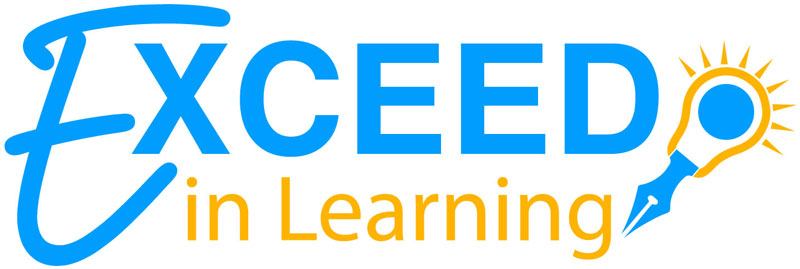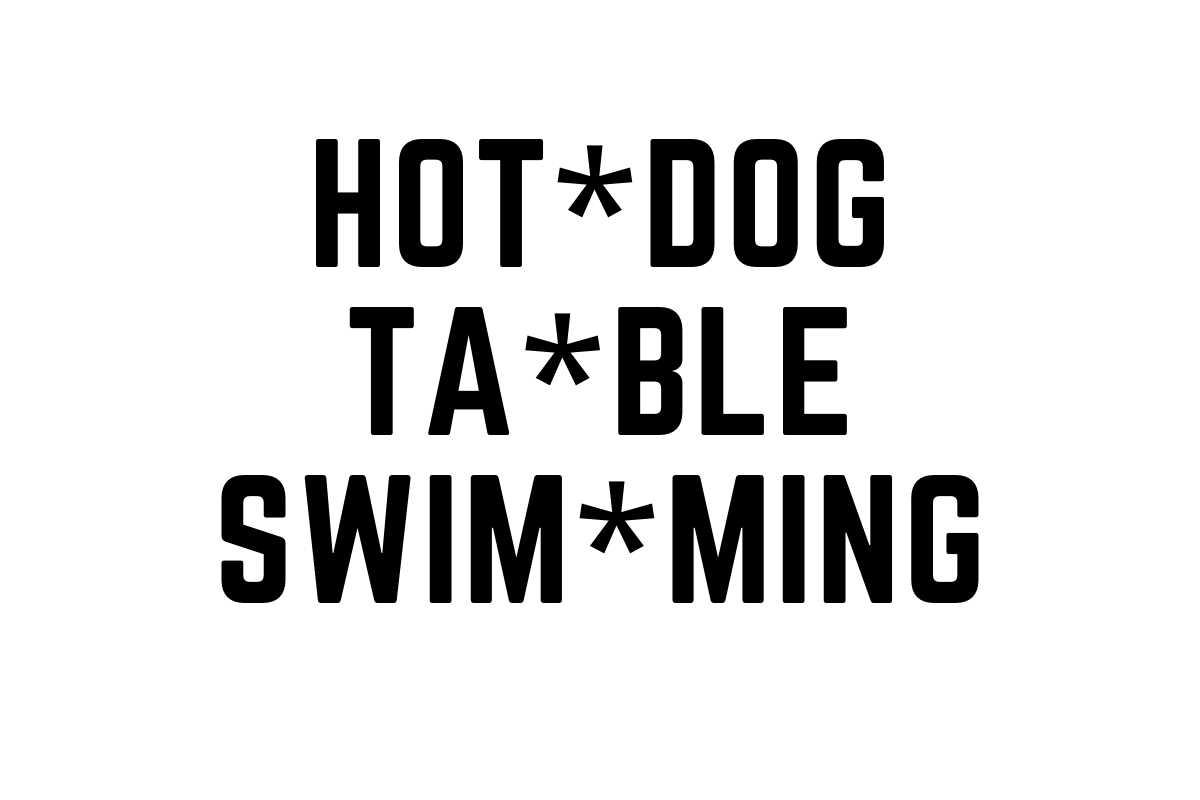With little or no explicit instruction, almost all young children develop the ability to understand spoken language. While most kindergarten children are becoming more comfortable and proficient at speaking and constructing more complex sentences, most are not yet aware that the spoken language is made up of individual words, which are made up of syllables, and those syllables are made up of the smallest units of sound, called “phonemes.” Syllable awareness is important for literacy development because it enables children to approach smaller pieces of a word. Developing children’s awareness of the sounds in words and syllables is critical to hearing and segmenting the words that they want to SPELL, and blending together the sounds that students want to READ. Let’s explore some effective, engaging syllable activities that will help set a great foundation for reading!
Counting Syllables
Before children can count syllables, they need to be aware that a syllable is a part of a word. You can say to your child, “Words are made up of parts, or syllables. Some words have one syllable, and other words have lots of syllables. The word ‘cat’ has one syllable, but the word ‘octopus’ has three syllables” As you say each word, clap out the syllables so that your child can hear one clap as one syllable and three claps as three syllables. Another trick I use to help kids identify the number of syllables in a word is known as “chin bumping”. I have them place their hand under their chin as they say the word. The number of times their chin bumps down is the number of syllables in the word. I really have kids exaggerate and enunciate the words for this activity. There are so many ways that kids can practice counting syllables. Kids can jump the number of syllables in a word, punch out the number of syllables, drum the number of syllables, even karate chop the number of syllables in a word. Change it up or let the kids choose how they want to count the number of syllables in a word.
Identifying, Segmenting and Blending Syllables
Breaking a word up into syllables is an early phonemic awareness skill that is part of most oral literacy curriculums. For this activity, parents will want to start by choosing simple compound words such as flashlight, baseball, doghouse, backpack, etc. The parent says the full compound word, the child repeats the word, then segments the word into the individual syllables. For example, the parent says, “flashlight”. The child repeats, “flashlight”. The child then identifies and says each individual syllable, “flash and light”. Conversely, the parent can encourage syllable blending by giving the child the syllables that make up the compound word, and the child must blend the parts to make the complete word. So, the parent says, “base and ball”. The child says, “baseball”.
Manipulating Syllables
When the child becomes proficient at identifying, segmenting and blending syllables, parents can challenge their child by having him manipulate syllables, moving them to different parts of the word. The parent would give the child a compound word, have him identify the syllables, and orally move one syllable to another place in the word. Finally, ask the child to say the new silly word. For example, in the word hotdog, the child would move hot to the end of the word, making the word doghot. Continue giving the child different words and encouraging him to move a syllable to make new silly words.
The bottom line is that syllables are the building blocks of words. Teaching your child syllable awareness is a fundamental part of reading and writing that should not be overlooked. Remember, it takes time and patience to instill the love of reading in a child. So, be patient, and most of all, remember to keep reading activities natural, light and fun!




